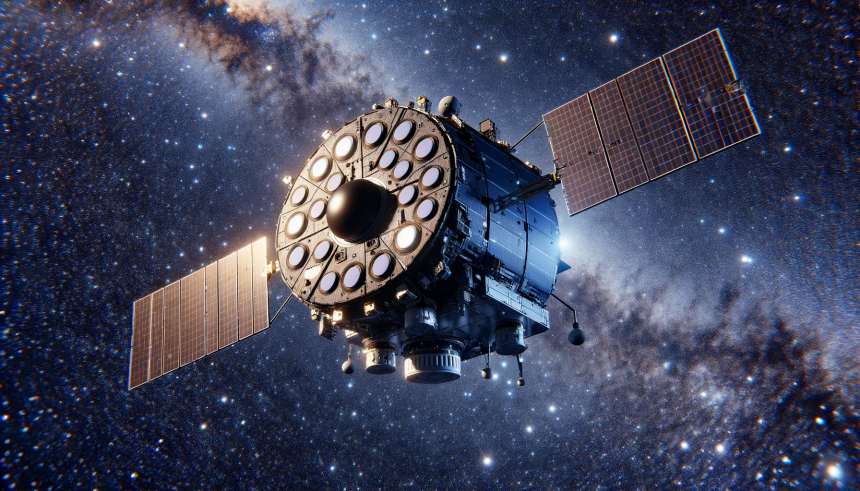A significant initiative has been announced that invites innovators worldwide to craft new wheel and tire concepts for lunar exploration. HeroX, recognized for its open platform in the innovation space, revealed the upcoming “Rock and Roll with NASA Challenge,” aiming to redefine how rovers traverse the Moon’s demanding terrain. The program, developed with NASA, encourages diverse participants to contribute to the agency’s ambitions for sustainable lunar operations. Unlike prior technology calls, this challenge seeks ideas that not only withstand extreme lunar conditions, but are also adaptable and feasible for long-term missions. The focus on both creativity and functionality elevates the challenge beyond traditional engineering contests, drawing the attention of both established and emerging innovators.
Earlier calls for lunar mobility solutions centered on broad system development, with previous programs providing limited avenues for public participation in wheel and tire innovation specifically. The Rock and Roll with NASA Challenge expands the scope for global crowdsourcing, not only increasing the potential talent pool, but also emphasizing real-world testing and scalability using the MicroChariot Rover platform. Previously, NASA’s outreach efforts focused on conceptual phases; this challenge adds hands-on prototyping and demonstration, marking a departure from earlier competitions.
What Is the Scope of the Challenge?
Participants are tasked with designing innovative wheels and tires for NASA’s compact, semi-autonomous MicroChariot Rover. The competition will unfold in three stages: ideation and design starting this fall, a prototyping period through spring 2026, and a final demonstration phase in summer 2026. The contest emphasizes solutions that are lightweight, flexible, and resilient, meeting NASA’s specifications while remaining compatible with future lunar mission requirements.
How Will Submissions Be Evaluated?
Submissions will be assessed based on their alignment with NASA’s performance needs, as well as the quality of scientific rationale and demonstration. Finalists will have their prototypes mounted to the MicroChariot Ground Test Unit and tested at speeds of up to 15 MPH to evaluate durability and mobility. The challenge organizers highlighted that details regarding technical criteria, intellectual property, and prizes will be fully defined when the official rules are published at launch.
What Are Stakeholders Saying?
HeroX described the challenge as an opportunity for new contributors to engage directly with lunar mobility goals.
“We believe involving the wider innovation community will uncover valuable approaches that might otherwise go unnoticed,”
a HeroX spokesperson stated. NASA also emphasized the collaborative nature of this initiative:
“This challenge is designed to bring fresh perspectives to longstanding technical hurdles for lunar exploration,”
a NASA representative commented.
Providing up to $150,000 in prizes, the Rock and Roll with NASA Challenge aims to drive technological advancement by combining creativity, practicality, and collaboration. By leveraging crowdsourcing strategies, NASA and HeroX hope to identify new talent from across the globe, ranging from students to established companies. This approach not only accelerates the development of essential lunar surface technology, but could also serve as a model for tackling similar engineering challenges in future exploration missions. Participating teams stand to influence NASA’s technology roadmap, while gaining direct exposure to the practical demands of space-ready vehicular systems. For readers interested in space technology, this challenge serves as a reminder that practical innovation often emerges from unexpected sources and emphasizes the current trend of inclusive problem-solving in aerospace.










